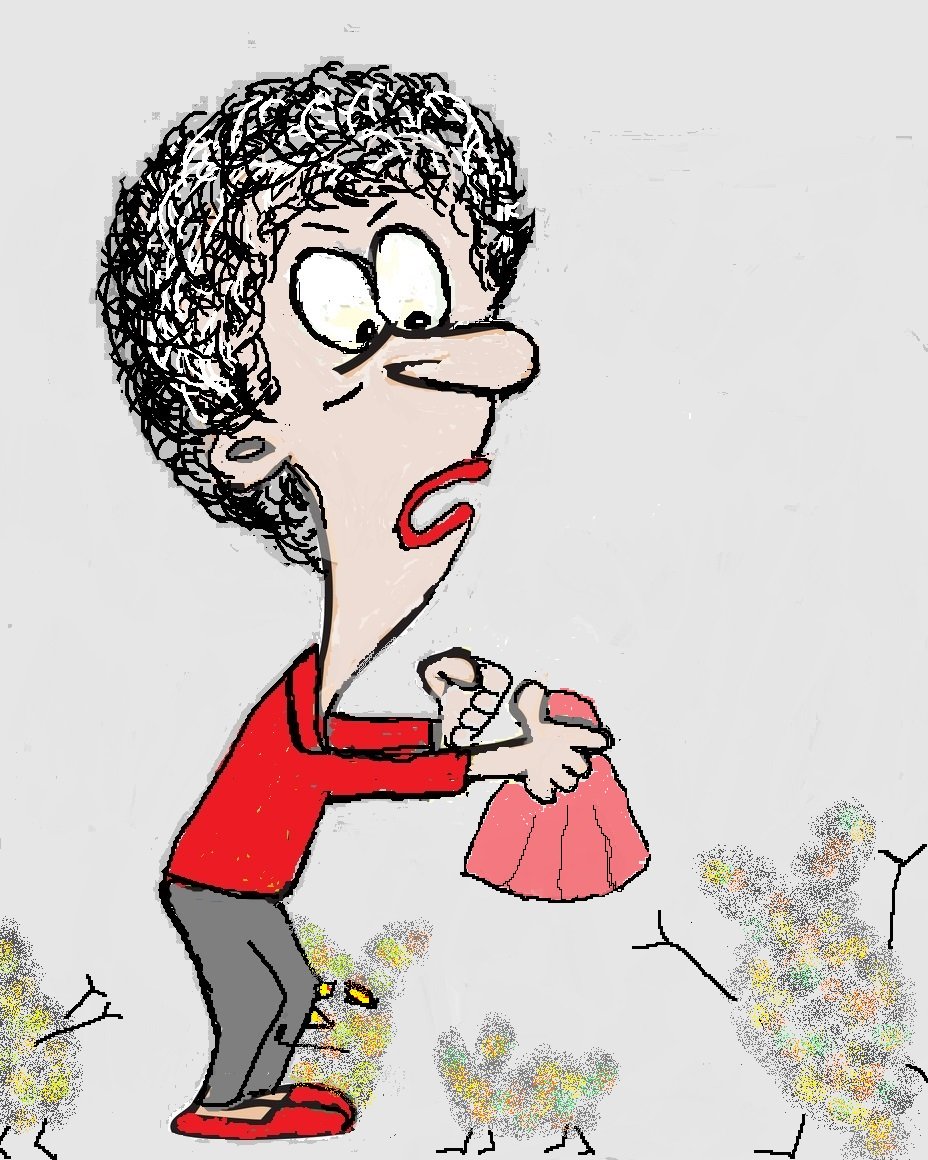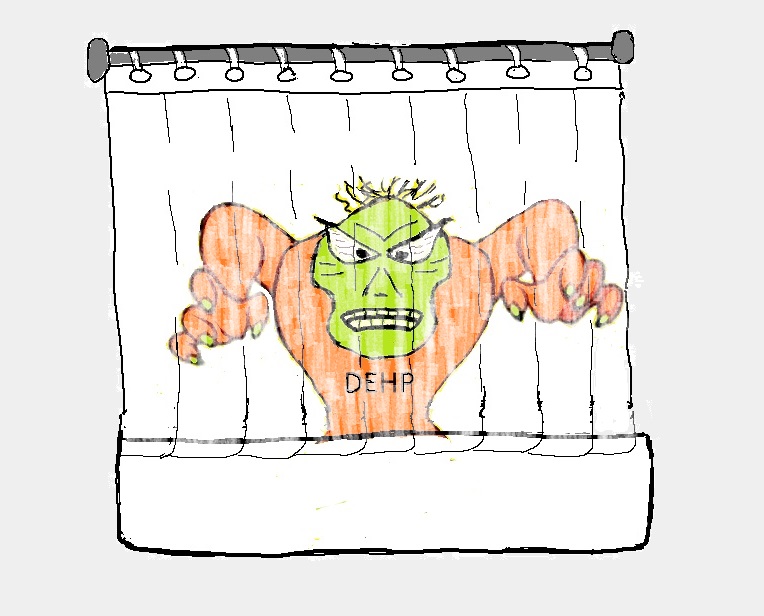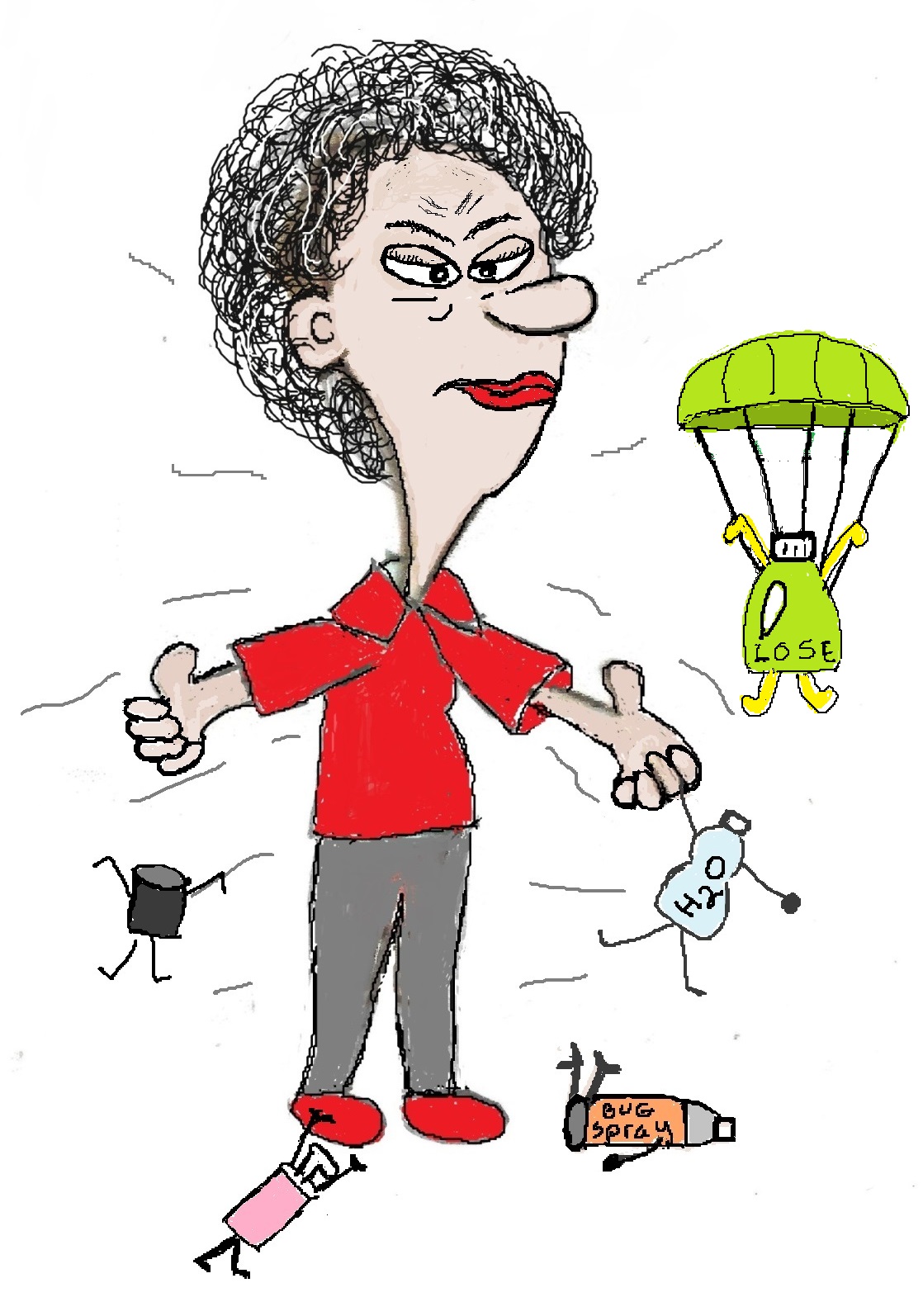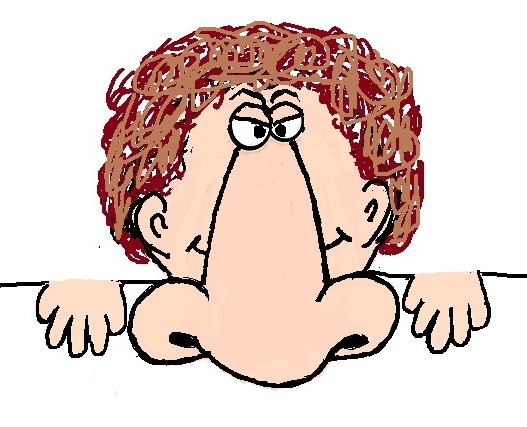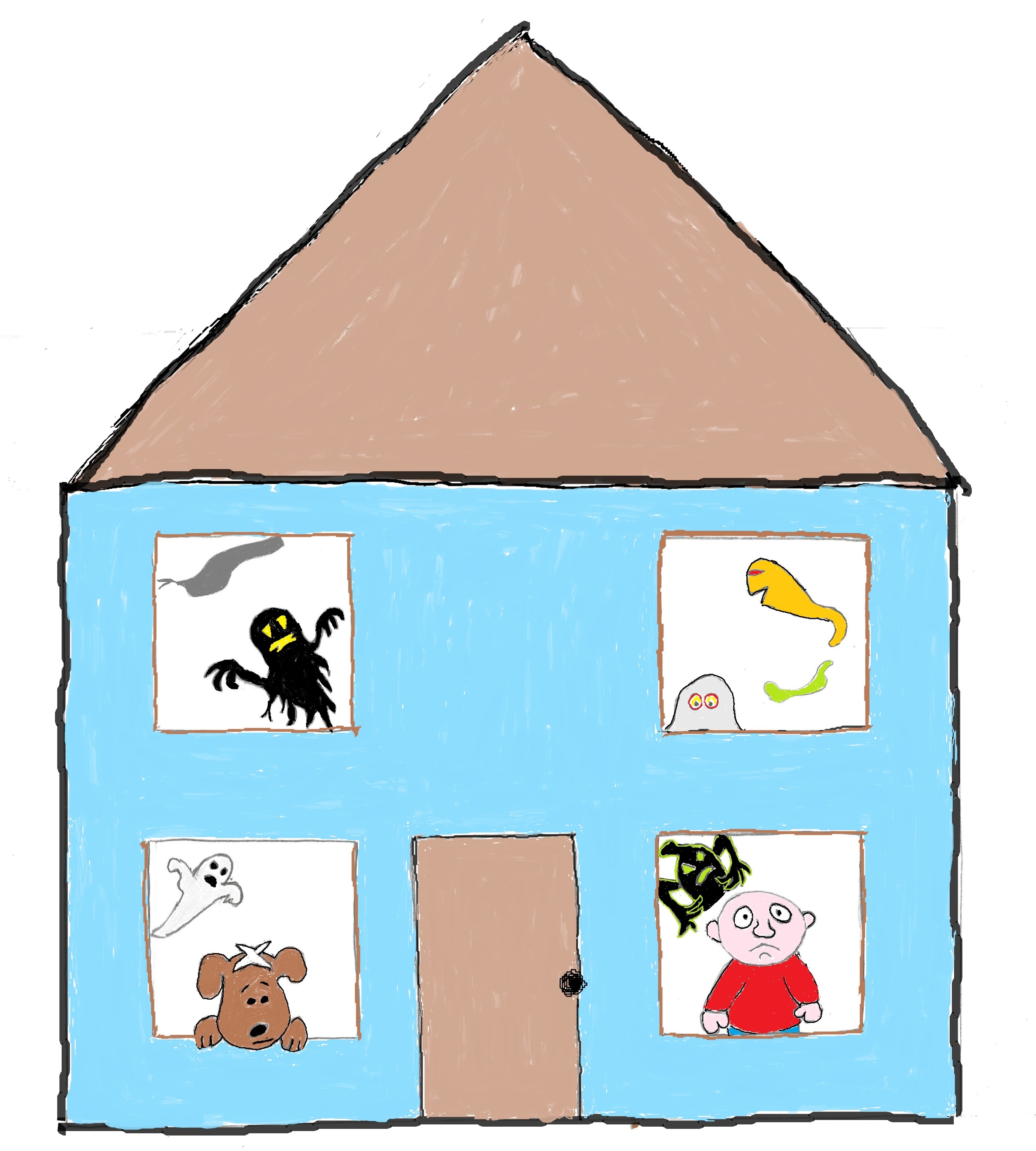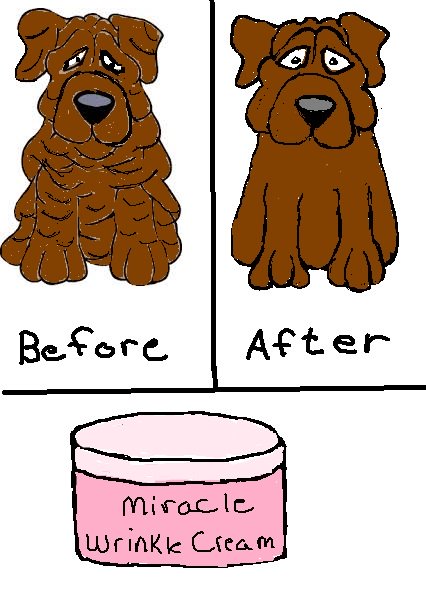- Home
- Toxic Chemicals in Household Products
- Dust Bunnies
The Toxic Dangers Of Dust Bunnies
Dust Bunnies. What a cute name for a repository of nasty things.
Because House dust and dust bunnies are a combo of dead skin cells, shed hairs and clothing fibers, bacteria, bits of dead bugs, soil, pollen, and yes, dust mites.
Dust mites seem to be on everyone’s mind. There are lots of Google searches on dust mites - how to control them and how to protect yourself from them. And if you’re allergic to them, that’s important.
But you need to know there are far more sinister things lurking in your dust bunnies. Things that can disrupt your endocrine and nervous system and cause cancer. Things that are released from the products you use in your home.
Toxic Indoor Air Creates Toxic Dust Bunnies
The air inside your home is ten times more polluted than outdoor air. The products that you use in your home are a major source of this pollution.
And a repository for most of the toxins in your home is dust. Air fresheners, cleaning and personal care products, furniture, flooring, carpets, electronics and pesticides contain chemicals that can leach, migrate, abrade, or off-gas into your air and attach to dust.
For example, tiny toxic particles migrate from plastic and air fresheners. Nonstick and stain resistant chemicals (PFASs) are released through friction caused by sitting on furniture and walking on carpets.
And then there’s off gassing. Off gassing occurs because volatile VOCs and semivolatile organic chemicals (SVOCs) easily evaporate into the air from many household products.
In fact, it is a major source of toxic indoor dust because everything from your new vinyl shower curtain to air fresheners and personal care products release VOCs and SVOCs.
And what happens to the toxic chemicals that evaporate? Well, researchers are still getting a handle on the complex ways that SOVs and VOCs interact in your home.
But
they do know that in general, the products in your home – like vinyl flooring, personal care products, electronics,
furniture, carpet pads, paints, cleaning products, and more – release chemical
compounds into the air. These chemicals stick onto airborne particles, and move
into dust, which settles on floors and carpets.
(Researchers
believe these chemicals are seeking equilibrium with their surroundings)
Adding heat to the mix speeds up the process. For example, when you apply lotions, deodorant and other personal care products that contain fragrance, parabens and phthalates, your body heat increases how fast these chemicals are released into the air.
When they travel to cooler parts of the room they condense and attach to house dust. The heat from your electronics, which contain flame retardants, has the same effect.
There are also toxic compounds that don’t evaporate into your homes air but still end up in dust bunnies (because of their high-molecular-weight). For example, some types of flame-retardants enter dust when fibers or minute bits of plastic are physically knocked off couches or computer cases during use.
Common types of SVOCs found in consumer products include:
Phthalates – added to plastics to soften them, personal care products as a fragrance carrier
Flame Retardants – used in furniture, bedding, carpet padding baby products and electronics
Phenols (BPA, methyl, ethyl and butyl parabens) – used in personal care products
Synthetic fragrance – used in air fresheners, personal care and cleaning products
PFASs (PFOA, PFOS, PFBA, PFBS) – used to make stain-resistant and nonstick products
Dangerous Dust Bunnies
So, what’s in those toxic dust bunnies floating around your home? Well, it depends on the products you use.
For example, if you use lots of fragranced products like air fresheners and cleaning and laundry products, your dust will contain a hefty dose of phthalates. Love stain resistant fabrics and carpets, count on PFASs to be present.
In general though, based on a 2016 review of studies on the toxins found in house dust, most U.S. homes consistently contain chemicals from multiple classes.
And the class of chemicals that occurred in the highest concentrations was phthalates, followed by phenols, flame retardants, perfluoroalkyl substances (PFASs like PFOA), and fragrance.
Of the 45 chemicals included in the analysis, 10 were detected in 100% of the samples, indicating that dust bunnies contain a mixture of toxic chemicals.
New research conducted since this 2016 review found dust bunnies also contain azo dyes (found in clothing and furniture), surfactants used in cleaners and pesticides like those used in flea treatments.
The Top Ten Toxins Found In Dust Bunnies
|
TOXIN |
TYPE |
HEALTH EFFECTS |
FOUND IN |
|
DEHP |
Phthalate |
Endocrine
Disruptor |
Vinyl, other plastics |
|
DEHA |
Phthalate |
Endocrine
Disruptor |
Vinyl, other plastics |
|
HHCB |
Fragrance |
Unknown |
Scented products |
|
BBP |
Phthalate |
Endocrine Disruptor |
Vinyl flooring |
|
TPHP |
Flame Retardant |
Reproductive and nervous system toxin |
Furniture, baby products, carpet padding, electronics |
|
TDCPP |
Flame Retardant |
Carcinogen |
Furniture, baby products, carpet padding, electronics |
|
DnBP |
Phthalate |
Endocrine Disruptor |
Nail polish, paint |
|
DIBP |
Phthalate |
Endocrine Disruptor |
Vinyl, personal care and beauty products |
|
HBCD |
Flame Retardant |
Endocrine disruptor, nervous system toxin |
Polystyrene insulation |
|
METHYLPARABEN |
Preservative |
Endocrine Disruptor |
Personal care products |
House Dust And Your Health
There are a couple of reasons why dust bunnies are a threat to your health. First, dust has a long memory. Dust can contain toxic remnants of every product that came into your home since it was built.
So toxic products that have been banned or that you would never use in your home can be found in your dust bunnies. In fact, researchers have found things like DDT, a pesticide banned since the 1970’s, in house dust.
Second, you are constantly exposed to toxic house dust. Even if you’re the queen of clean, you can never completely rid your house of dust.
Dust gets resuspended when it’s disturbed and will recirculate throughout your house, picking up new substances. Dust experts believe these toxic substances are absorbed through your skin, inhaled, or ingested when you put dusty hands to your mouth.
And third - the
toxins found in house dust are linked to a variety of health problems. Some
damage your reproductive and nervous system and cause cancer.
And many of them are endocrine disruptors that can mess with your
hormones and metabolism, leading to diabetes, insulin resistance, and obesity.
Researchers are gathering evidence that chemicals in household dust promote fat cell development and inhibit thyroid function in adults. For example, Duke University researchers have found that that many common indoor contaminants in dust can activate the master regulator of fat cell development (called the peroxisome proliferator activated receptor gamma (PPARg).
What’s really shocking is that even exposure to small amounts of dust can activate your body to make fat cells.
In their most recent study, Duke researchers collected 194 house dust samples from households in central North Carolina. They found that about two-thirds (125 dust extracts) were able to promote fat cell development, while half (97 dust extracts) promote fat cell proliferation at just 100 micrograms.
“We have consistently observed effects of house dust extracts at very low levels, often <10 micrograms. In comparison, children are estimated to consume between 60 and 100 milligrams of dust each day, more than 1,000 times this quantity. While these may seem like low levels, residents are often exposed to these chemicals with great frequency, contributing to nearly constant exposure.” – Christopher Kassotis, PhD, Nicholas School of the Environment, Duke University, Durham, N.C.
Ways To Protect Your Health
So now that you know dust bunnies have a long memory, provide constant toxic exposure and are dangerous to your health, is there anything you can do about it? Absolutely!
There are 3 steps you can take to protect your health.
- Reduce the toxins in your home to detox your dust.
- Reduce the dust in your home.
- Add protox foods to your diet.
1. Detox Your Dust Bunnies
To detox your dust, you need to reduce the sources of toxic chemicals in your home. In other words, stop using toxic products. And a good place to start is with the top 10 chemicals found in dust.
Phthalates
Five of the top 10 toxins in dust are phthalates. And two main sources of phthalates in your home are vinyl and scented products.
So, get vinyl out of your home. Especially vinyl flooring. If your vinyl flooring has been in your home for a couple of years, don't panic. The VOCs emitted from it decrease over time.
But, if you're in the market for a new floor consider installing ceramic tile or Marmoleum Flooring instead of vinyl.
If you use vinyl pillow and mattress protectors to protect you from mites, replace them with vinyl-free protectors.
Choose personal care and cleaning products that are phthalate and fragrance free. If a product is scented then it usually has phthalates.
Ditch the air fresheners in your home. Instead simmer herbs in a small simmer pot or make a homemade spray to freshen your home.
For more ways to rid your home and dust of phthalates check out Phthalates Part II 30 Surprising Ways You're Exposed
Parabens
Parabens are used as preservatives, to increase the shelf life of creams, lotions and many other personal care products. To keep parabens out of your dust read the labels on the products you use.
Stay away from any product that uses parabens, like propylparaben and methylparaben. Choose personal care products labeled paraben free.
Flame Retardants
Flame retardants have a long history of polluting indoor air and making people sick. These chemicals are not chemically bound to products and are released into your home where they create toxic dust bunnies.
Furniture is a major source of flame retardants in your home, especially polyurethane foam furniture and beds. Yes beds! Memory foam beds, pet beds and infant and children’s beds contain flame retardants and their concentration in polyurethane foam can range between 4-32% of the weight of the product.
So, to get flame retardants out of your house dust get them out of your home:
- For things like upholstery, curtains and children’s items check the labels for any mention of “treated with flame retardants”.
- Avoid products that have a TB 117 label (“this article meets flammability requirements”) as these are likely to contain flame retardant chemicals.
- When you're in the market for new furniture check out Center for Environmental Health for a list of furniture makers that don't use flame retardants.
- Consider buying pet and baby products and furniture that contain polyester, down, wool or cotton (not polyurethane foam) which are less likely to contain harmful flame retardant chemicals.
- Choose naturally flame resistant fabrics and fill like wool, cotton or jute.
PFASs (PFOA, PFOS etc.)
PFAS stands for Per- and polyfluoroalkyl substances. They are a class of chemicals used to make things stain and stick resistant. PFAS's are molecules made up of carbon chains to which fluorine atoms are bound. Fluorine adds the slippery quality.
Because these man-made chemicals resist heat, water and oil, they are in products like food packaging, stain- and water-repellent fabrics, nonstick products, polishes, waxes, paints and cleaning products.
Avoid stain and water-resistant treatments on furniture, carpets and clothing. Replace nonstick cookware with stainless steel, cast iron or ceramic.
2. Reduce Your Dust
You can’t kill all the dust bunnies in your home. I know because my mom was a cleaning whiz, and even she couldn’t accomplish this feat.
Plus, people who study dust say that some of it is out of reach, especially in carpets. And older homes contain decades old dust.
But you can reduce the amount of dust floating around in your home by dusting and vacuuming often – The right way.
And
by the right way I mean - Trap it don’t spread it.
The best way to catch a bunny is with a trap. And you won’t do that with a dry dust cloth. Instead, dust with a damp microfiber cloth. And if you have wood floors clean them with a damp mop.
And use a vacuum with a HEPA filter to capture the smallest particles. There are also hepa vacs for furniture and beds.
But, if you have a lot of carpeting in your home, even the best vacuum won't help much. Experts believe carpet fibers permanently trap 90% of the dust that lands on them.
Wood and ceramic floors, which can be easily cleaned with a damp mop, are better.
3. Protox Your Diet
A protox diet includes regularly adding foods and occasionally supplements that will not only help your body detox itself but also protect your body from unavoidable toxic chemical exposure.
Protox foods like ginger and red beets protect you from toxic chemical exposure by killing cancer cells, protecting your liver, and reducing free radical damage and inflammation.
To learn more about adopting a Protox Plan click
here
As sure as the sun rises in the east and sets in the west, your home will get dusty. And the dust bunnies that are created absorb toxins like a sponge.
To protect yourself from dangerous dust, take steps to reduce both the toxins in dust and the amount of dust in your home. And since you can’t entirely avoid exposure to house dust, protect your health with protox foods.
